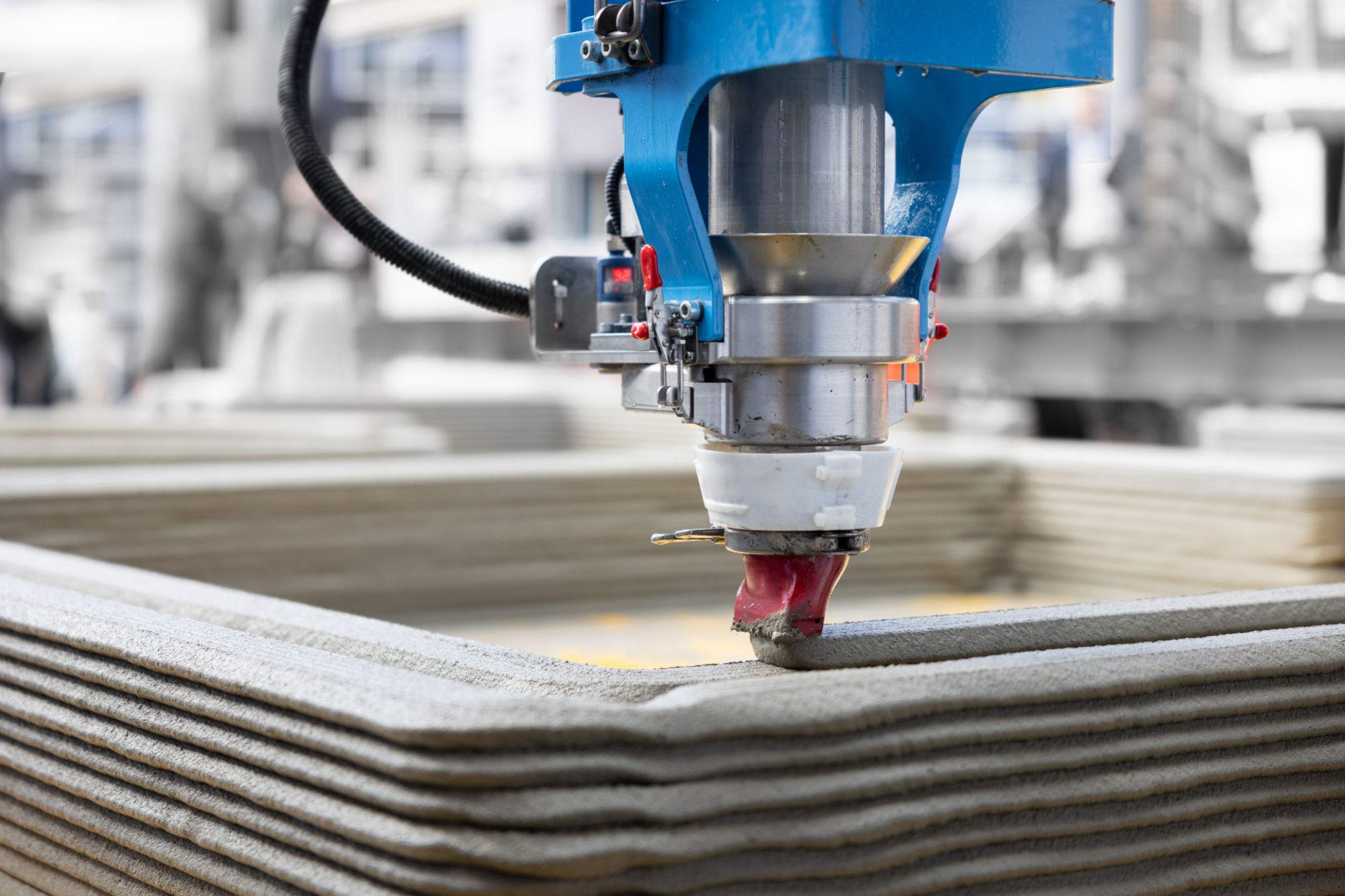Mastering 3D Printing: A Comprehensive Guide for Beginners
Understanding the Basics of 3D Printing
3D printing, also known as additive manufacturing, is a revolutionary technology that allows you to create physical objects from digital designs. The process involves laying down successive layers of material until the desired shape is achieved. This method offers unparalleled flexibility and precision in manufacturing, making it accessible for both hobbyists and professionals alike.

The first step in mastering 3D printing is understanding the different types of printers available. The most common types are Fused Deposition Modeling (FDM), Stereolithography (SLA), and Selective Laser Sintering (SLS). Each type uses different materials and techniques, so it's essential to choose one that aligns with your specific needs and budget.
Choosing the Right 3D Printer
When selecting a 3D printer, consider factors such as build volume, resolution, and material compatibility. FDM printers are popular among beginners due to their affordability and ease of use. They work by extruding thermoplastic filaments layer by layer. On the other hand, SLA printers offer higher resolution prints with smooth surfaces, suitable for intricate models.

Before purchasing, it’s wise to research the printer's user reviews and community support. A strong user community can provide valuable insights, troubleshooting tips, and creative ideas that will enhance your 3D printing experience.
Materials and Software
The choice of material is crucial in determining the quality and functionality of your printed objects. Common materials include PLA, ABS, PETG, and resin. PLA is a biodegradable plastic that is easy to work with, making it an excellent choice for beginners. ABS is more durable but requires a heated bed for printing.
Equally important is the software used to design and slice your models. Tools like Tinkercad and Fusion 360 are beginner-friendly, offering intuitive interfaces for designing 3D models. Once your design is ready, slicing software converts it into instructions that your printer can understand.

Preparing Your First Print
Before starting a print job, ensure that your printer is correctly calibrated. This involves adjusting the bed level and nozzle height to ensure optimal adhesion and print quality. Skipping this step can lead to print failures or poor quality results.
Once calibrated, import your sliced file into the printer's software. Double-check settings such as print speed, layer height, and temperature to match your chosen material. Some printers offer pre-set profiles for different materials to simplify this process.
Troubleshooting Common Issues
Even with careful preparation, issues may arise during printing. Common problems include warping, stringing, or layer adhesion failures. Warping occurs when parts of the print cool unevenly, which can often be mitigated by using a heated bed or enclosure.

Stringing refers to thin strands of plastic left between gaps in the print, typically resolved by adjusting retraction settings. It's important to experiment with different settings to find what works best for your specific setup.
Enhancing Your Skills
As you become more comfortable with 3D printing, challenge yourself with more complex projects. Experiment with different materials and post-processing techniques such as sanding or painting to achieve professional-looking finishes.
Engage with online communities and forums where enthusiasts share their experiences and offer advice. Continuous learning will help you master new techniques and expand your creative possibilities in 3D printing.